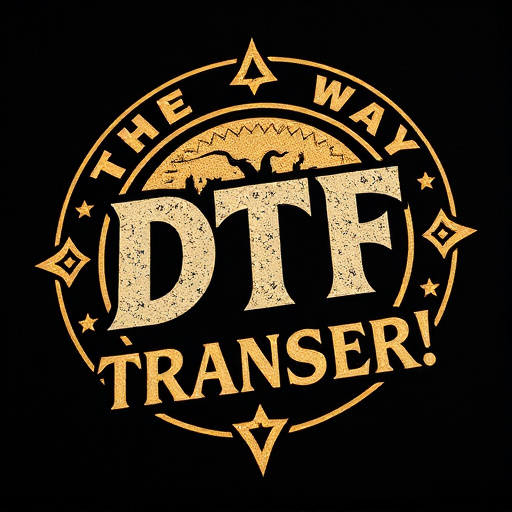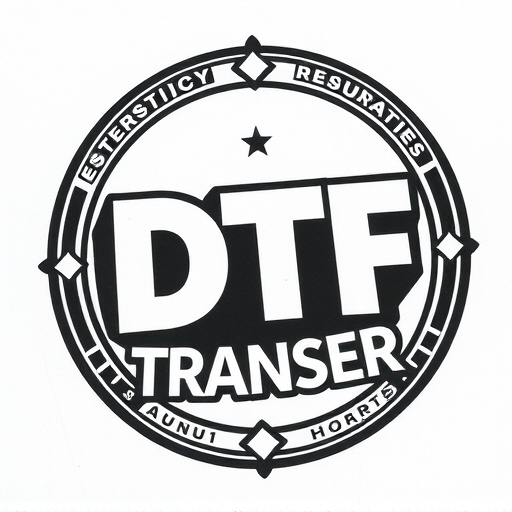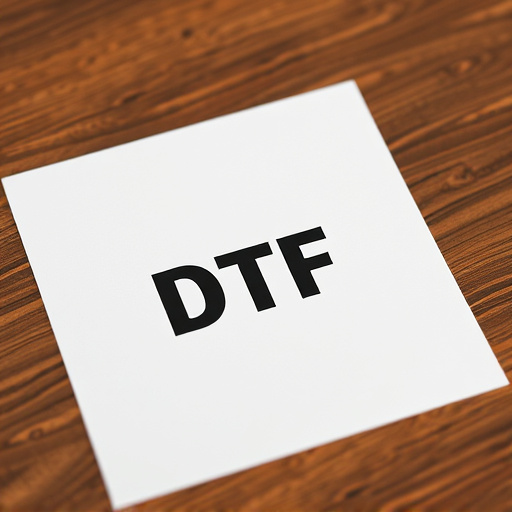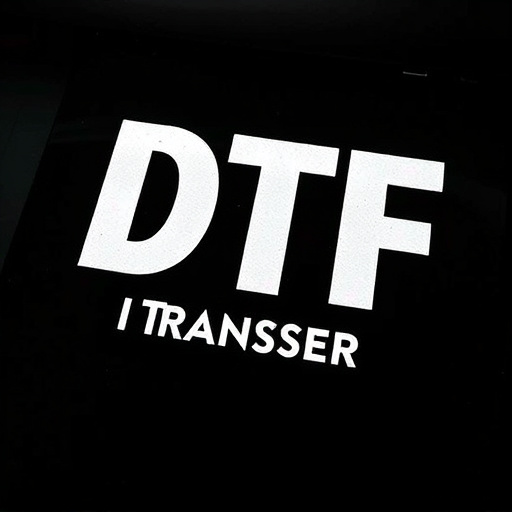Transfer orders (DTF) are a key strategy in modern supply chain optimization, enabling direct communication between retailers/distributors and manufacturers for efficient, timely production and delivery. Production times vary based on order complexity, resource availability, and quality control measures. Optimizing preparation time, standardizing procedures, using technology like RPA, and adopting just-in-time inventory management and automation are vital for enhancing operational efficiency (DTF). Quality Control is critical in modern manufacturing, especially with DTF strategies, to ensure product precision, streamline production periods, and meet timely order completion goals. A "Day to Finish" (DTF) approach, leveraging lean principles, advanced technologies, and well-trained staff, transforms the transfer order process for improved efficiency and customer satisfaction.
In today’s fast-paced manufacturing landscape, efficiently managing transfer orders is crucial for meeting demand and maintaining competitive edge. This article delves into the production period required to complete these complex tasks, exploring key factors from order definition to final inspection. We analyze the comprehensive influences on preparation time, offer best practices for optimized workflows, and provide strategies to ensure timely order execution. Get ready to streamline your processes and maximize efficiency with these DTF insights.
- Understanding Transfer Orders: Definition and Process
- Factors Influencing Production Period: A Comprehensive Look
- Optimizing Preparation Time: Best Practices
- Manufacturing and Assembly: Efficient Workflows
- Quality Control and Inspection: Ensuring Precision
- Conclusion: Strategies for Timely Order Completion
Understanding Transfer Orders: Definition and Process
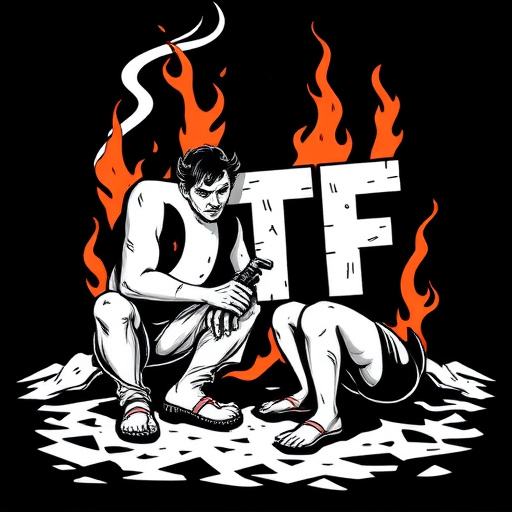
Transfer orders, also known as Direct To Factory (DTF) orders, are a crucial part of modern supply chain management. They represent a direct instruction from a retailer or distributor to a manufacturer to produce specific goods in agreed-upon quantities and deliver them directly to the customer. This streamlined process eliminates the need for intermediate storage and distribution centers, significantly reducing lead times and enhancing efficiency.
The DTF approach involves several key steps: order placement, material sourcing, production scheduling, quality control, and final delivery. Each stage is critical to ensuring timely completion of orders without compromise on product quality. Understanding this complex yet highly efficient process is essential for businesses aiming to optimize their operations and better serve their customers.
Factors Influencing Production Period: A Comprehensive Look
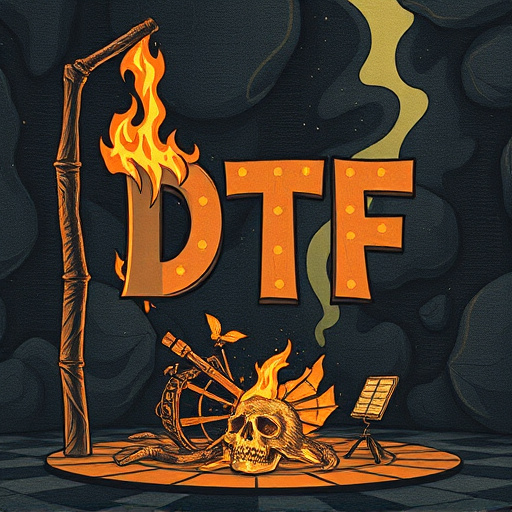
The production period for transfer orders is a complex process influenced by various factors, often leading to significant variations in turnaround times. Understanding these influences is key to optimizing efficiency and ensuring timely deliveries. One critical aspect is the complexity of the order itself; straightforward transfers may take less time compared to those involving intricate designs or specialized materials, which can extend the production timeline.
Additionally, the availability of resources plays a pivotal role. Limited or specialized equipment might cause delays, whereas adequate resources can expedite production. Supply chain dynamics, including material procurement and supplier reliability, are also crucial. Delays in receiving raw materials can significantly impact the overall production period, especially for orders requiring multiple stages or dependent processes. Furthermore, factors like quality control measures and any necessary post-production treatments should be considered, as they can add time to the overall turnaround, ensuring top-tier product standards.
Optimizing Preparation Time: Best Practices
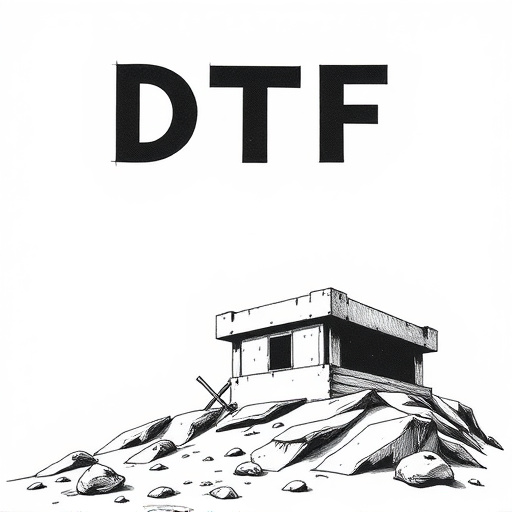
Optimizing preparation time is a key aspect of streamlining transfer orders and enhancing overall efficiency. Implementing best practices can significantly reduce turnaround times, making operations more DTF (dynamic, efficient, and responsive). One effective strategy is to standardize processes and establish clear protocols for each step of order fulfillment. This ensures that every team member follows the same set of instructions, minimizing errors and inconsistencies that can cause delays.
Additionally, investing in technology solutions can greatly impact preparation time. Automation tools, such as robotic process automation (RPA) or intelligent order management systems, can handle repetitive tasks, data entry, and inventory tracking, freeing up human resources for more complex activities. By leveraging these technologies and maintaining a culture of continuous improvement, organizations can achieve remarkable efficiency gains in their transfer order management processes.
Manufacturing and Assembly: Efficient Workflows

In manufacturing and assembly, establishing efficient workflows is paramount for successful transfer order completion. Implementing just-in-time (JIT) inventory management principles can significantly streamline the production period. This approach ensures that materials are readily available when needed, minimizing delays and waste. By optimizing the production line and leveraging advanced technologies like automation and robotics, manufacturers can achieve a DTF (Decrease Time to Finish) mindset, leading to faster turnaround times and improved overall efficiency.
Efficient workflows also encompass effective communication and coordination among different departments and teams. Seamless information flow between planning, sourcing, production, and quality control ensures that every step of the transfer order process aligns with the others. This holistic approach not only reduces errors but also fosters a culture of continuous improvement, further enhancing productivity and customer satisfaction.
Quality Control and Inspection: Ensuring Precision

Quality Control (QC) and Inspection play a pivotal role in ensuring the precision and excellence of transfer orders, especially in the dynamic landscape of modern manufacturing. This meticulous process involves a series of stringent checks at various stages to identify and rectify any deviations from the set standards. By implementing robust QC measures, companies can guarantee that each product meets the desired specifications before it leaves the production line.
In the context of DTF (Direct to Final) manufacturing, where efficiency is paramount, quality control becomes even more critical. It involves regular inspections, performance testing, and data analysis to identify potential bottlenecks or issues early on. This proactive approach not only enhances product quality but also streamlines the overall production period, ensuring that orders are completed within the set time frames.
Conclusion: Strategies for Timely Order Completion

In the fast-paced world of logistics, timely order completion is paramount for customer satisfaction and operational efficiency. After analyzing various production periods, we’ve concluded that adopting a “Day to Finish” (DTF) approach can significantly streamline the process. This strategy involves optimizing every step from order reception to dispatch, ensuring that each transfer order is given immediate attention and processed as quickly as possible. By implementing lean manufacturing principles, such as minimizing waste, enhancing workflow visibility, and fostering open communication, businesses can achieve remarkable DTF outcomes.
Moreover, leveraging advanced technologies like automation, real-time tracking systems, and data analytics plays a crucial role in accelerating order fulfillment. These tools enable proactive decision-making, reduce human errors, and provide valuable insights into bottlenecks and areas for improvement. When combined with well-trained staff and a culture that prioritizes speed without compromising quality, the DTF approach becomes a game-changer, transforming the once laborious transfer order completion process into a seamless, efficient, and customer-centric operation.








